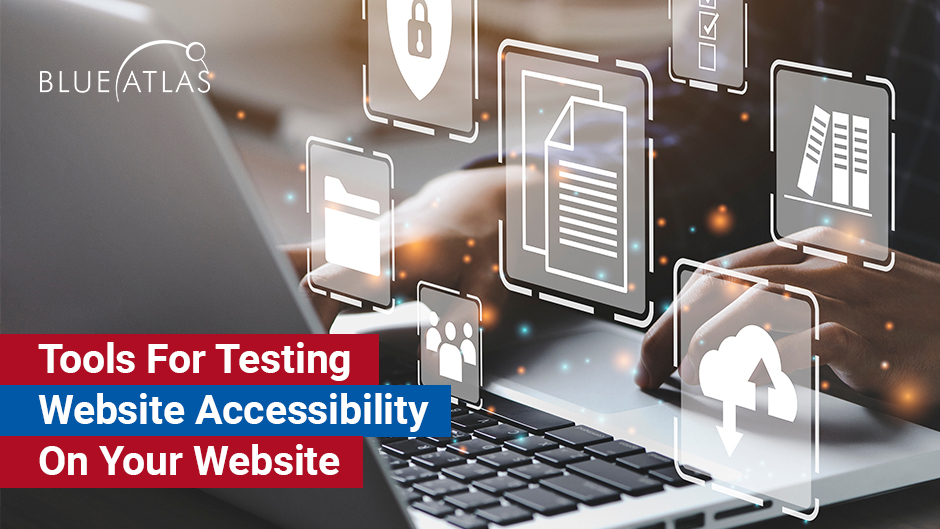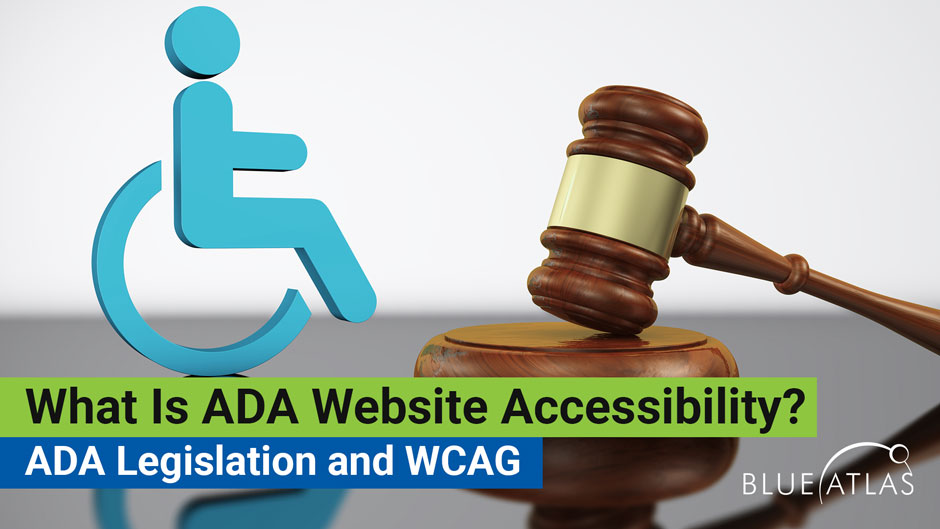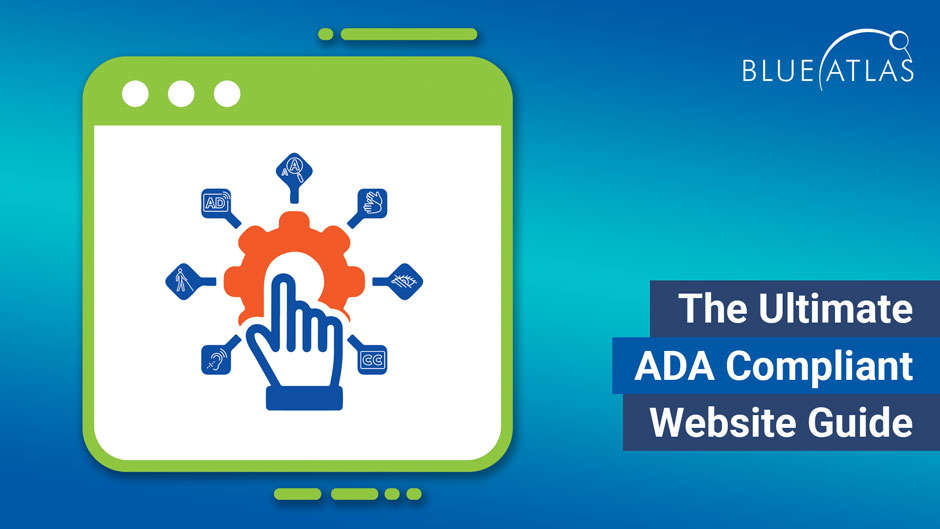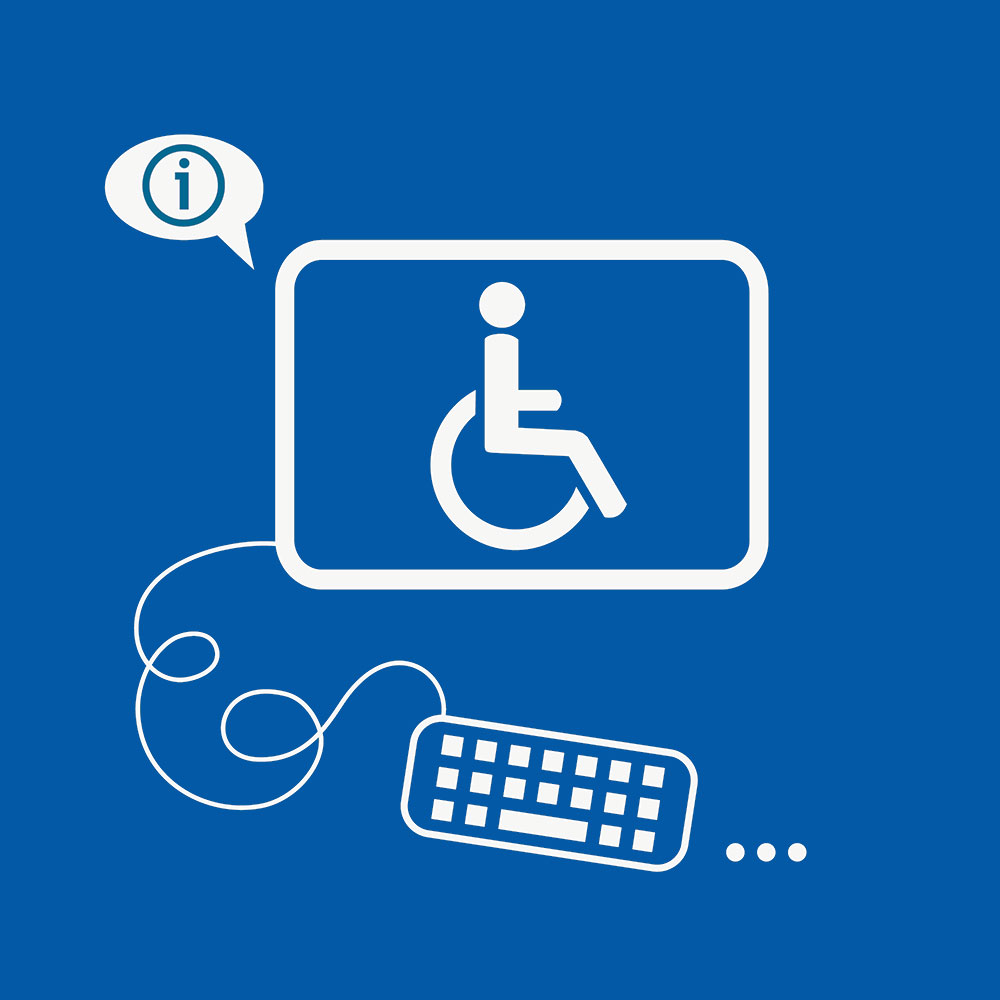Why University Website Accessibility is More Important Than Ever
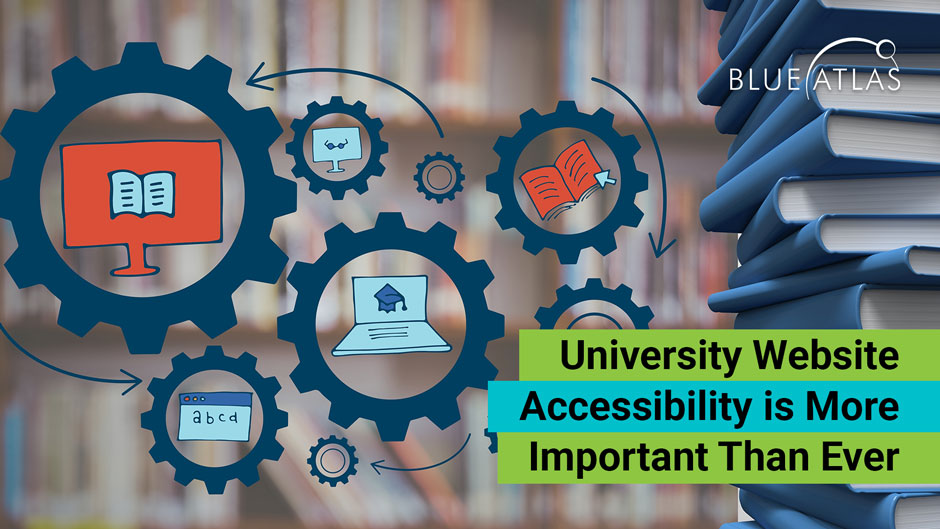
Website accessibility has never been more important for organizations of higher learning. Colleges and universities across the country are currently taking a look at their online accessibility practices to avoid any future problems and making their sites as inviting as possible. That includes making sites operable by those who may be blind, deaf, or unable to operate a traditional keyboard and mouse.
This is even more important when accounting for requirements from the ADA (Americans with Disabilities Act) and other national or state laws. Here’s why accessibility needs to be a part of higher education strategies going forward.
Laws like the ADA Require Website Accessibility
Online accessibility isn’t just a nice feature to have for students with disabilities – it’s also required by law. One of the most common examples is the ADA: Originally, the ADA was designed to apply primarily to physical spaces, something universities are no doubt aware of during campus planning. As time passed, questions were raised if the ADA’s accessibility mandates should also apply to organization websites. The prevailing legal theory is websites do fall under the ADA, especially if they are connected with the core services or products an organization offers.
States often have accessibility requirements of their own, too. Public universities and colleges that receive funding from the state may be required to make their website accessible. And when it comes to financial aid, the government has an interest in making sure these accessibility guidelines are being followed. In recent years, we’ve seen an uptick in investigations from agencies like the Education Department Office of Civil Rights, examining colleges across the country to see if they are making their website content accessible. Failure to comply could lead to fines and other problems.
Compliance Helps Reduce Liability Risks – and Frustrated Students
Government fines are only one risk when a higher-learning website fails to meet accessibility standards. Another problem is the potential of students or their parents suing the university over failing to meet the requirements of the ADA. People are more aware that websites need to be accessible, and are more willing to file complaints or lawsuits against organizations. One particularly famous case occurred in 2018, when Jason Camacho, who was blind, sued 50 different colleges and universities because his screen reader could not work with their websites. While some colleges challenged the suit, a judge ruled that he did have standing for his case, and many of the organizations chose to settle afterward.
Even institutions like Harvard University have been sued for providing videos without captions and audio files without transcripts. Failing to meet these common accessibility steps opens up higher learning to legal action that can sap time and funds while diminishing a school’s reputation.
Students Make University Decisions Based on Websites
From a branding perspective, accessibility can have a host of benefits for universities that follow through. When students and their parents first start looking for universities to attend, one of their first steps is to see what sort of programs are available, what financial assistance may be offered, and what career help schools offer. They’re doing all this by visiting the school website, long before they consider arranging an in-person trip.
If a website isn’t accessible to a visitor because of a disability, they are going to look for another school that makes accommodations for them. If they cannot access a website properly, they won’t trust that the campus, classrooms, or learning materials will be accessible, either. Keep in mind that the CDC reports that 26% of American adults live with some kind of disability, including a wide range of disabilities that can make using a website harder. That’s far from an insignificant number when schools are looking for new applicants.
Finally, accessibility optimization has many additional benefits for websites that everyone can appreciate. That includes making navigation easier, creating more readable text, and ensuring that sites function perfectly on mobile devices.
There’s Excellent Synergy with Inclusivity Projects on Campus
Universities can also use their accessibility efforts to market their inclusive features. Announcing an accessible website can go hand-in-hand with featuring clubs or groups that represent the disabled on campus. It all adds up to making sure every student feels welcome, while ensuring those with disabilities that the school cares about them and will support their learning journey.
Accessibility Practices Extend to Online Learning As well
Ensuring that a university or college website is fully accessible can be an excellent first step when making sure that all online learning content is accessible. That’s especially important for today’s schools, where so many courses rely on online materials, quizzes, discussions, and more. Going through all those platforms and checking their accessibility can be a daunting task for universities beginning their compliance project. Starting with the school website is a simple step that can effectively introduce the university to how online accessibility works. As a university optimizes its website for all visitors, it also gains the tools and knowledge to expand that accessibility to online learning.
What are Some Common Accessibility Problems for University Websites?
Your organization can find a more detailed list in the WCAG , or Web Content Accessibility Guidelines, which are used as a universal checklist of what kinds of accessibility websites need to offer. But common issues we’ve seen with college or university sites include:
- A lack of alt text on images to explain their purpose for those who are using screen readers
- Poor keyboard shortcuts that make it difficult or impossible to navigate through a website using only a keyboard, especially when using more complex webpages where students are cycling through many different programs, classes, etc.
- Sites that don’t function well with mobile devices or touchscreens, making it difficult for visitors who need to use these options
- Not including captions and subtitles on university videos, online tours, and similar content
- No tags that explain what web forms are for and how they can be filled out, which is very important for those using screen readers and trying to fill out university application forms
Ensuring Accessibility with Blue Atlas Marketing
Are accessibility requirements putting too much pressure on your organization? Colleges and universities already deal with massive amounts of digital content: Ensure vital website accessibility the easy way by working with Blue Atlas Marketing. We have a team of experienced developers that can offer website upgrades to meet today’s accessibility requirements.
If you are interested in learning more, start with our free website auditing tool that you can request here. A website audit is an effective first step to see how your current site is performing, what accessibility issues may need the most attention, and what to discuss with our developers as your organization makes its plans.



